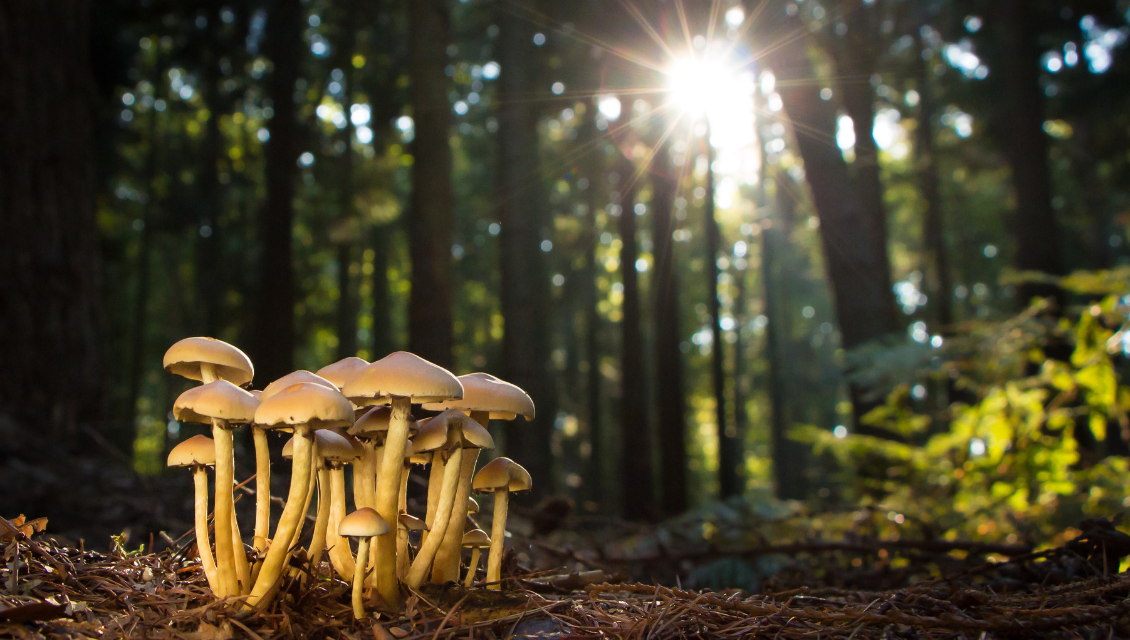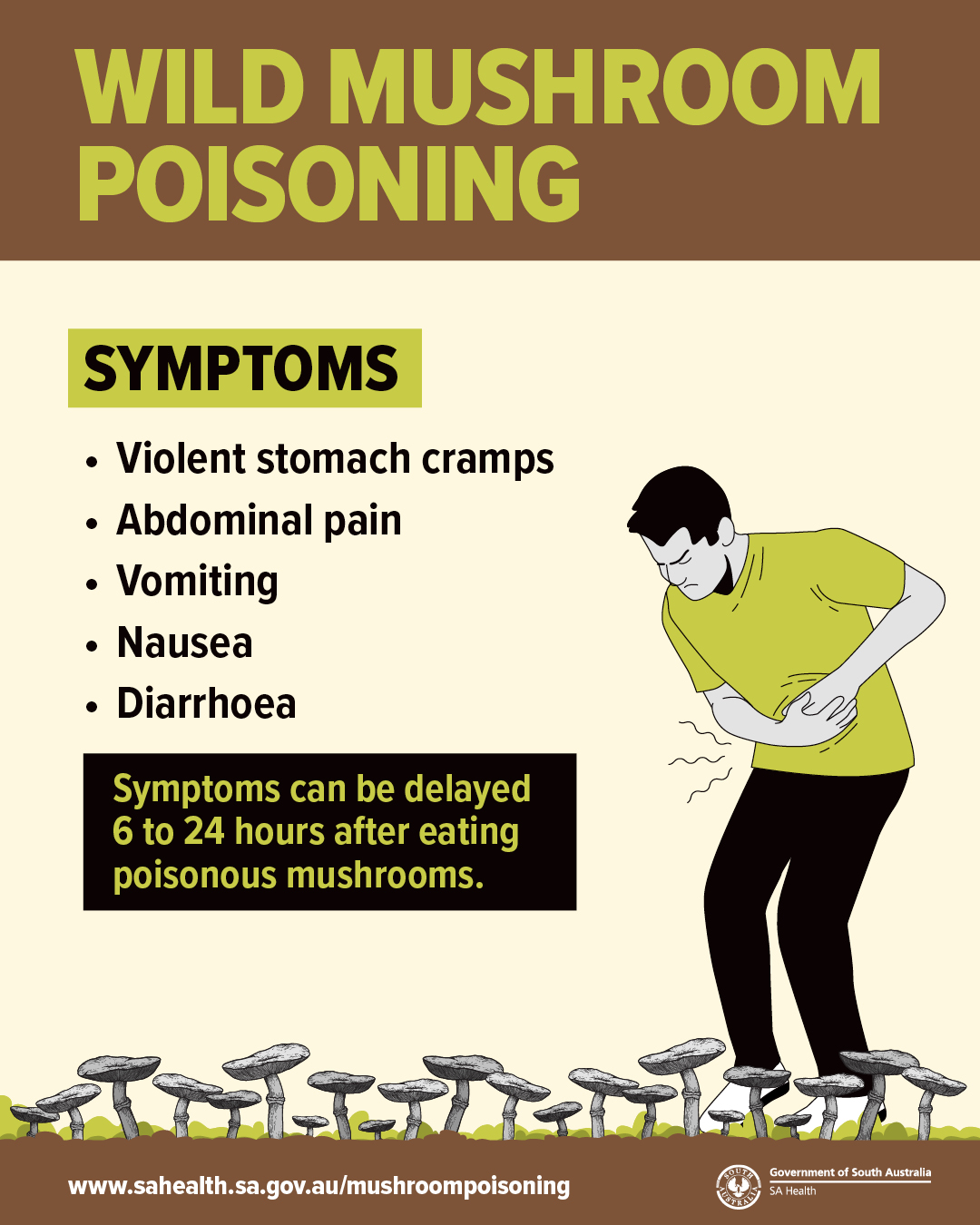
The cooler, wet weather creates the ideal growing conditions for wild mushrooms in South Australia, with mushrooms increasingly popping up in areas such as parks, backyards, paddocks, nature reserves and forests.
This includes reports of Death Cap mushrooms or Amanita phalloides, which are extremely poisonous and must not be eaten.
These mushrooms are extremely difficult to distinguish from other wild mushrooms and can resemble edible species.
Death Cap mushrooms can appear at any time of year but are more common a week or two after good rain. While they may look inviting to touch and eat, ingesting them can cause serious illness or death.
This is why it is important to not eat wild mushrooms and to keep a close eye on curious children, as well as pets, when outside.
Around 40 per cent of the calls made to the Poisons Information Centre last year about mushroom poisoning involved children under the age of five.
There were 119 mushroom-related calls made to the Poisons Information Centre in 2023 compared to 105 in 2022 - a 13 per cent increase. During that time there was a 136 per cent jump in cases referred to hospital, from 22 in 2022 to 52 last year.
 Symptoms of mushroom poisoning include severe stomach cramps, nausea, vomiting and diarrhoea, which may take several hours to appear and can last up to three days.
Symptoms of mushroom poisoning include severe stomach cramps, nausea, vomiting and diarrhoea, which may take several hours to appear and can last up to three days.
Poisoning from several varieties, including Death Cap mushrooms, may have a delayed onset of symptoms - up to 24 hours - and can cause life-threatening liver damage.
Chief Public Health Officer Professor Nicola Spurrier said there was no reliable way of telling if a wild mushroom was safe to eat.
“Even experts have difficulty in identifying some species, so you should only eat mushrooms that have been purchased from a reliable grower, greengrocer or supermarket," Prof Spurrier said.
“If you or someone you know has eaten a wild mushroom, do not wait for symptoms to appear. It’s important to seek immediate medical advice in case the ingested mushroom is toxic.”
Botanic Gardens and State Herbarium of South Australia, Senior Botanist-Mycologist, Dr Teresa Lebel said while wild mushrooms were fascinating, some had a special toxic protection.
“We know people like to go to areas like the Adelaide Hills to look for wild mushrooms, but it's very important to know that if you cannot reliably identify a mushroom, it’s not safe to eat,” Dr Lebel said.
“If you are seeking medical attention after coming in contact with a wild mushroom, you should take photos of the mushroom and the general location.
“You should also try to take one of the mushrooms with you, if possible, to help experts identify what species it is to determine the most appropriate treatment.”
For more information on mushroom poisoning, visit the SA Health website.
This article was originally published on the SA Health website and has been republished here with permission.


